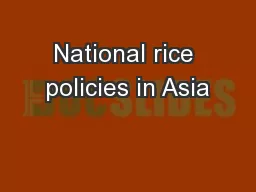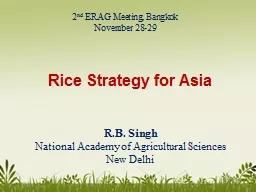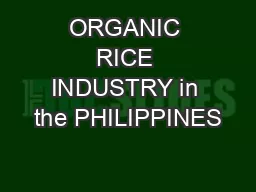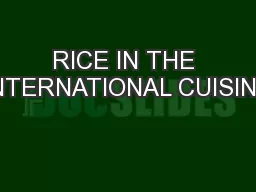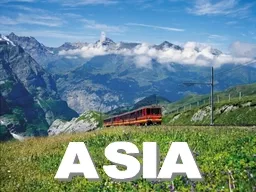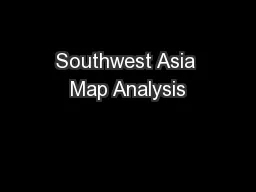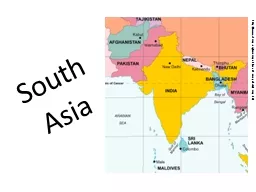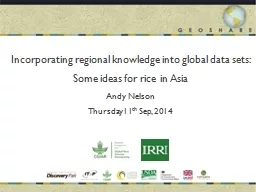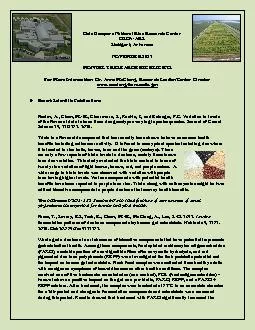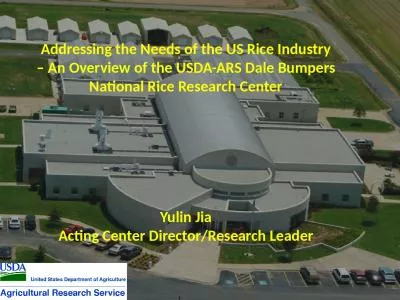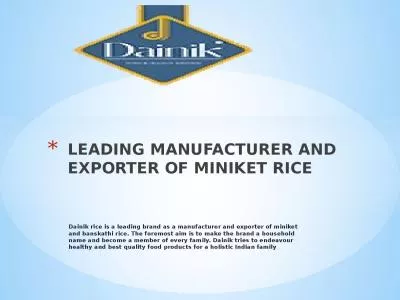PPT-National rice policies in Asia
Author : pamella-moone | Published Date : 2015-12-11
David Dawe Agricultural Development Economics Division and Regional Office for Asia and the Pacific FAO Bangkok Thailand 28 November 2013 Some key objectives of
Presentation Embed Code
Download Presentation
Download Presentation The PPT/PDF document "National rice policies in Asia" is the property of its rightful owner. Permission is granted to download and print the materials on this website for personal, non-commercial use only, and to display it on your personal computer provided you do not modify the materials and that you retain all copyright notices contained in the materials. By downloading content from our website, you accept the terms of this agreement.
National rice policies in Asia: Transcript
Download Rules Of Document
"National rice policies in Asia"The content belongs to its owner. You may download and print it for personal use, without modification, and keep all copyright notices. By downloading, you agree to these terms.
Related Documents

